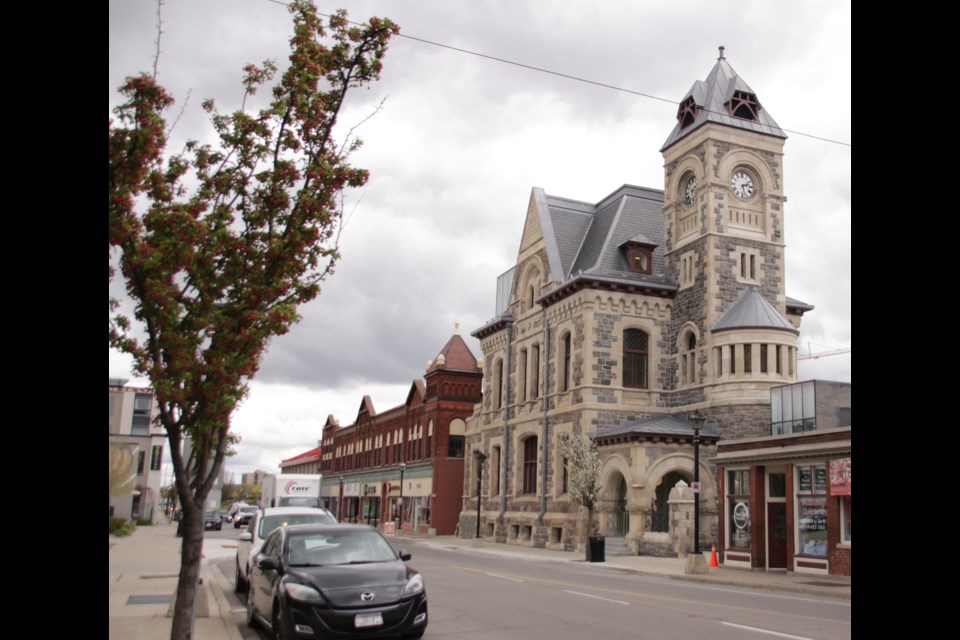The city’s municipal heritage advisory committee wants to see an expanded study area for the Galt Core Heritage Conservation District and has endorsed a recommendation asking council to support the move.
Last week, the Municipal Heritage Advisory Committee supported a staff recommendation that endorses an expanded boundary to take in heritage features on the west side of the Grand River, including Queen’s Square, the Cambridge Mill to the north, and Dickson Hill.
The move comes with a recommendation that council support additional research, including consultation with property owners.
If council approves the expanded boundary, research would be undertaken at the beginning of the plan phase of the Galt Core Heritage Conservation District (HCD) study.
MHAC and council would then have the opportunity to review and approve these areas as part of a final district boundary prior to designating the district.
The budget for the work has already been approved by council as part of the initial $100,000 allocated to complete the study and plan.
Archaeological Services Inc., in collaboration with Fotenn Planning and Design and Stevens Burgess Architects was contracted by the city to complete the HCD study.
The initial boundary included 271 properties located south of Park Hill Road East, west of Wellington Street, north of Concession Street, and east of the Grand River.
The recommendation to revise the study area is based on "history, character analysis, and community consultation" undertaken as part of the study process.
“There was a consistent message from stakeholders at the public information centres that people wanted this boundary extended,” MHAC member Michelle Goodridge said.
“The boundary is to be something that includes foundational and significant aspects and I can think of no greater foundational or significant aspect than the Mill, Queen’s Square and continuing down Main Street,” she added.
“We should be a bit stronger in our recommendation in that this is the HDC we would like to see,” Goodridge said.
On that suggestion, a motion headed to council was reworded to recommend support for the expanded boundary and the additional research required to include it in the HDC.
Chair John Oldfield said he wasn’t necessarily in favour of including the mill property in the designation given the significant renovation it has undergone, and said he believes the Ray Electric building may have more heritage value.
But Nancy Woodman disagreed, saying the Cambridge Mill should definitely be considered despite the alterations that have been made.
“Remember we’re not looking ahead 10 or 20 years, we’re looking 100 years out, so I would recommend including it,” she said.
Citing the East Galt heritage study as an example of a boundary that continued to grow, committee member Scott Roberts said the recommended expansion runs the risk of getting less buy-in from residents and business owners the further out it goes.
“This has to come back to MHAC because this is not the definitive report on the subject,” Oldfield reassured committee members.



